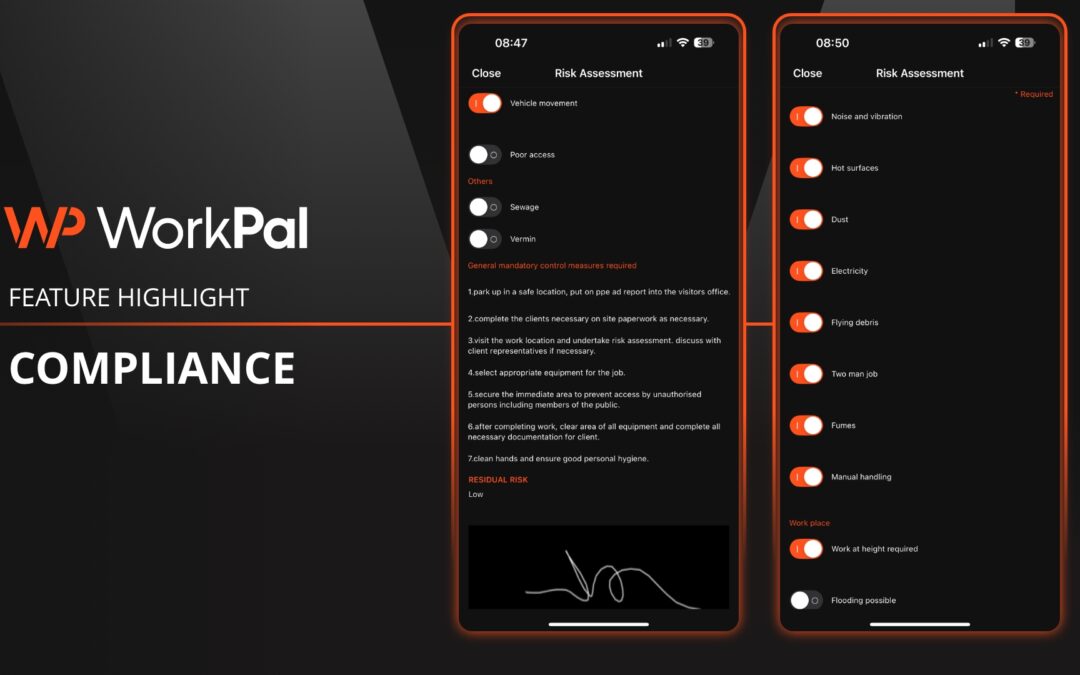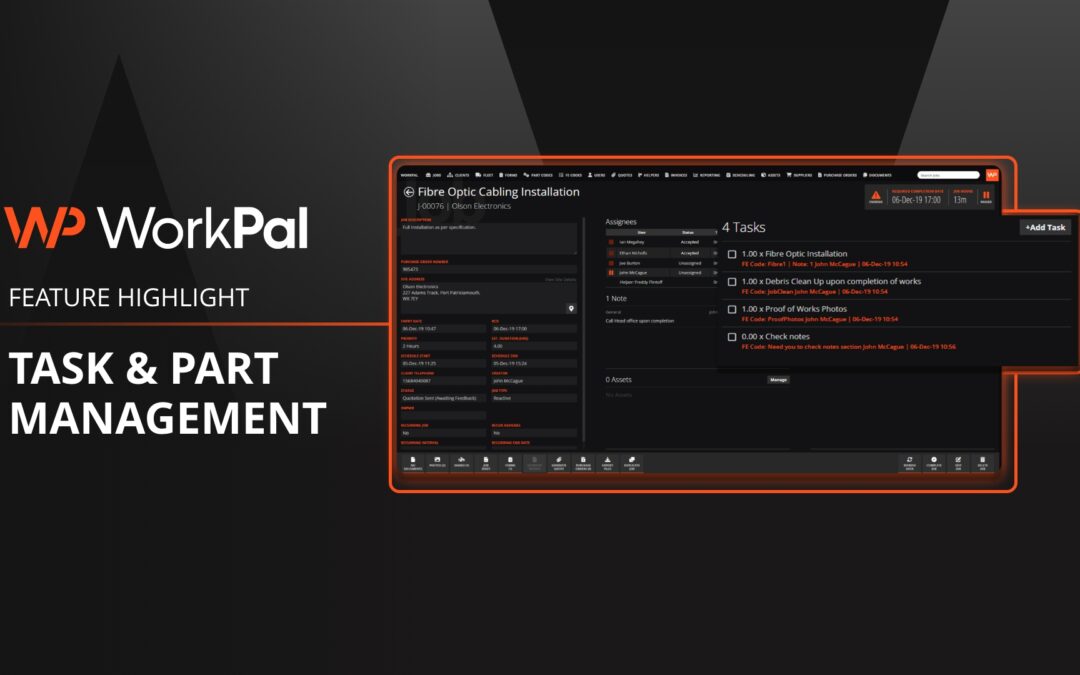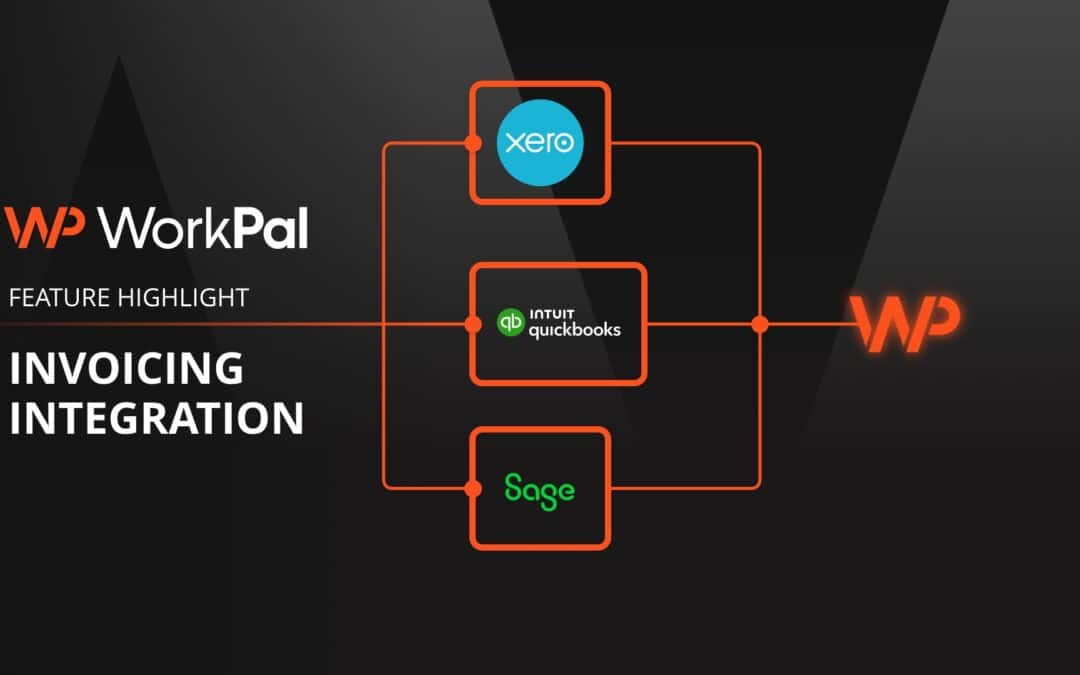An effective workflow is like a well-oiled car engine. When every individual component works in sync, allocating tasks to one another without delay, the car will drive for miles efficiently. When a workflow isn’t well defined, individuals have issues executing or even understanding their roles. You’re going to need to have that roadside assistance number handy. Because maybe next week, or even next year, your car is going to break down.
Workflow management software can keep everything in rhythm. It offers that combination of flexibility and automation that allows the car to keep driving even as obstacles evolve or new opportunities appear.
To know whether it’s time to bring workflow management software into your organisation, consider these signs:
1. CONSISTENTLY MISSED OR CONFUSED STEPS THROUGHOUT THE WORKFLOW
Good businesses rely on staff members to carry out prescribed workflows, and that’s the way it should be. Unfortunately, human error can always come into play.
Even well-designed workflows can go awry for any number of reasons. When a workflow step is skipped or mismanaged, it can take days or weeks to recover. With workflow management software, the appropriate people have total visibility when a crucial step is skipped or done incorrectly, saving money and more importantly grief.
2. CUSTOMERS COMPLAIN ABOUT MISCOMMUNICATIONS
Without workflow management software it is common for manually workflow processes to result in confusion and operational mistakes that are transparent to your customers.
78 percent of consumers have cancelled a transaction or decided against making an intended purchase because of a bad service experience. So it makes sense to avoid confusion as much as possible.
The right workflow management helps you meet customer demand and queries without error or delay, saving you and your customers from a bad experience.
3. CONSTANT CONFUSION ABOUT TASK OR PROJECT STATUS
If you’re getting confusing or muddled status reports about tasks and jobs, that’s a problem. Not only does it demonstrate a lack of understanding from team members, it makes it difficult for managers to do their jobs as well.
Businesses that face this dilemma consistently should consider a new solution that can provide clear and instantaneous visibility into how things are going and where gaps might exist.
4. LACK OF ACCOUNTABILITY
Every manager knows that accountability is a critical factor for maintaining efficient teams and a profitable business. Without accountability, it’s impossible to fix problems and improve as a company. Too often with manual workflows, it’s impossible to tell who was closest to a task when it went awry or who was responsible for an objective that was not met.
A survey conducted by Talent Culture found that while 82 percent of respondents can’t hold others accountable for mistakes, 91 percent of respondents consider accountability one of the top needs for their organisation.
Because workflow management software can keep track of who is responsible for each step and whether or not it is completed, it will be clear who is most efficient and who should be held accountable for mistakes.
5. IMPOSSIBLE TO TAKE ON MORE WORK
One of the most powerful ways to use workflow management is for making the process more transparent and efficient, which frees managers to spend time on more important tasks like developing new business goals and exploring new markets. The days of handling requests and approvals through email or paper should be behind you.
Workflow Management software can also be leveraged using reporting to analyse a business’s processes and find room for improvement, freeing up staff to focus on quality and speed.
Entrusting your workflow to a simple, agile system can help you move tasks, approvals, and projects from start to completion faster and more accurately, keeping the engine of your business running.






